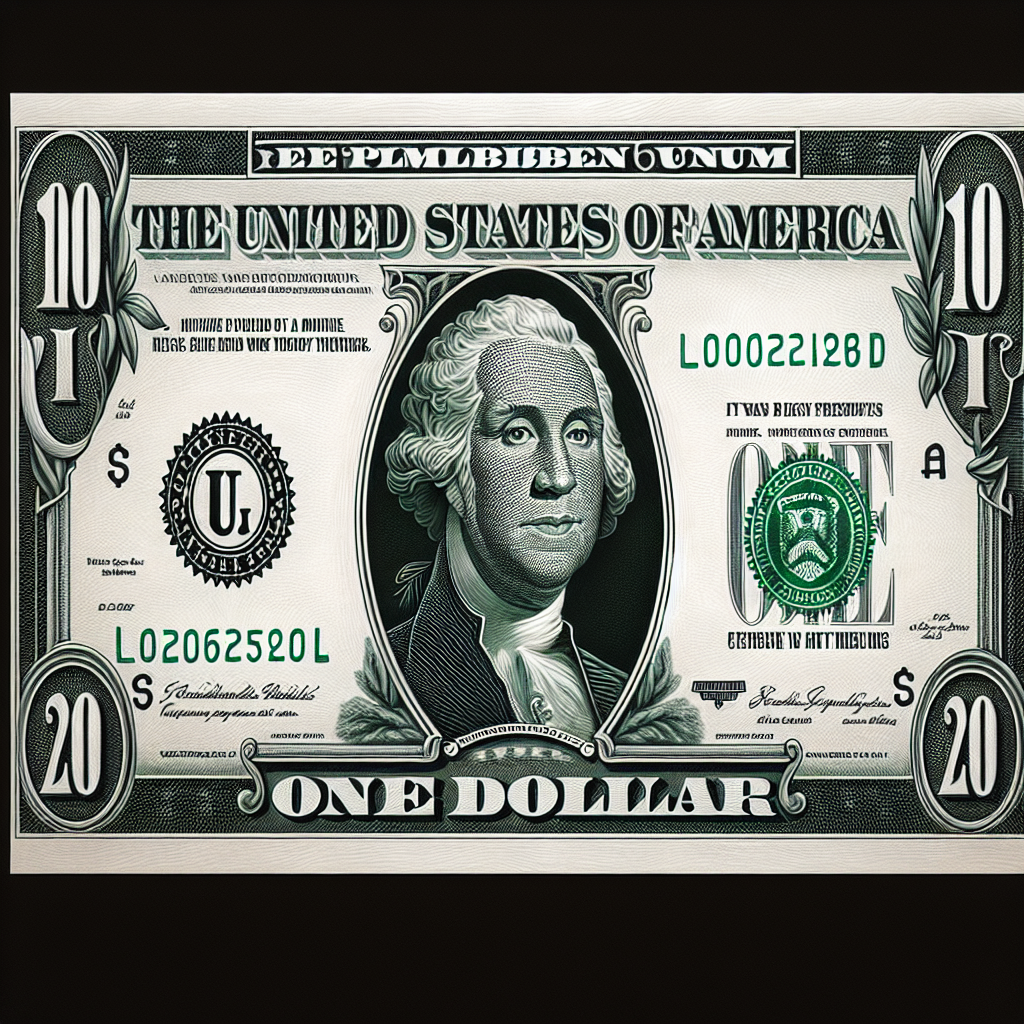Dollar Holds Steady Amid Global Market Flux
The U.S. dollar remained stable in early Asian trade, resisting fluctuations despite central bank decisions and tech sector earnings. It faced mixed movements against major currencies like the yen and euro, while traders adjusted bets on future Federal Reserve rate decisions amidst global economic developments.

The U.S. dollar maintained its stability during early Asian trading on Friday, even after climbing to a three-month peak. This comes as traders digested varied signals from central bank decisions this week, technology sector earnings, and a preliminary U.S.-China tariff accord.
Despite a marginal drop against the yen, core consumer prices in Tokyo climbed faster than expected, posing a challenge for the Bank of Japan's interest rate strategy. Meanwhile, uncertainty looms over the Federal Reserve's potential rate cuts in December, as indicated by futures market probabilities.
The European Central Bank's decision to keep interest rates unchanged also influenced currency dynamics, while the euro and other currencies showed minimal changes against the dollar. In this context, global risk factors continue to play a pivotal role in currency exchanges.









